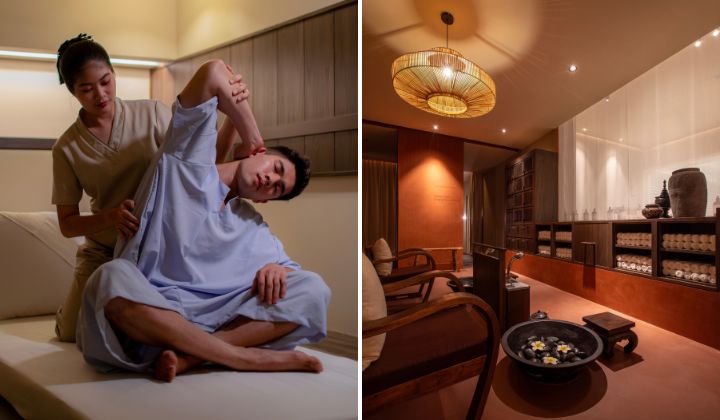The Head-To-Toe Of Massages: For When They Are Allowed Again
You’ve lived through almost 2 years of a pandemic, and soon the government is allowing massage parlours to open up again.
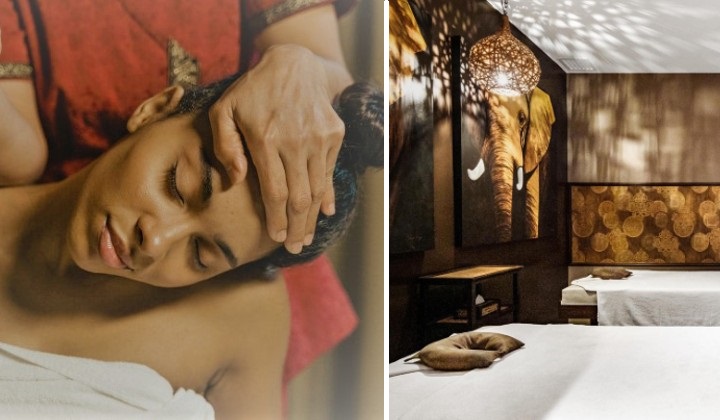
Subscribe to our Telegram channel for the latest stories and updates.
When spas and massage parlours were shut due to what seemed like a never-ending MCO, we started to feel how much we took the luxury of a massage for granted.
Hot stone massage this! Deep tissue massage that! At the time, the ambiguous names of these massages seemed a bit overwhelming that in the end, you just went along your day thinking, “maybe next time”.
Well, the next time is soon because beginning 1 October, spa operations, wellness centres and massage centres are allowed to reopen for customers and operators who have been fully vaccinated.
Thanks, Pandemic
After living through almost two years of a pandemic that has resulted in bad work from home (WFH) posture or just the stress of the new normal, it’s time you treat yourself to a massage.
So what massage is right for you? We’ve broken it down so it’s one less back headache to worry about.
Note we are not touching on spa operations and focusing more on massages for more targeted health benefits.
Swedish Massage
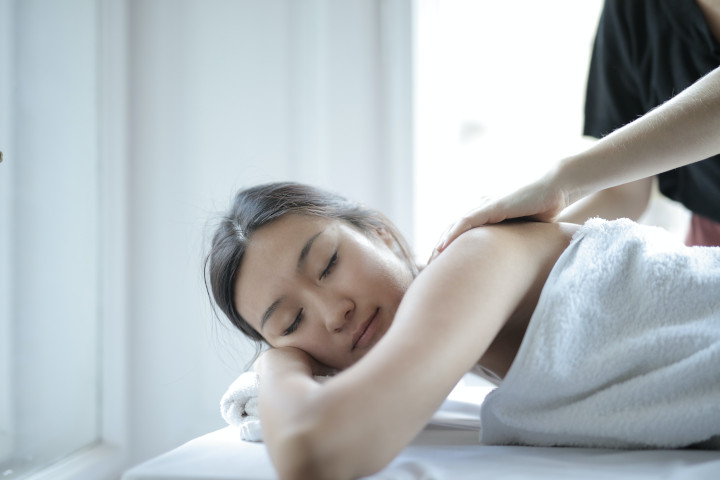
For those of us new to massages, the Swedish massage is a gentle type of full-body one that helps release muscle knots and is a good choice for when you want to just fully relax.
Although the national reference to Sweden is typically used in English and Dutch speaking nations, other countries may refer to it as a “classic massage.”
Expect a combination of kneading, long strokes in the direction of the heart, deep circular motions, vibrations, tapping and passive joint movement techniques.
Thai Massage
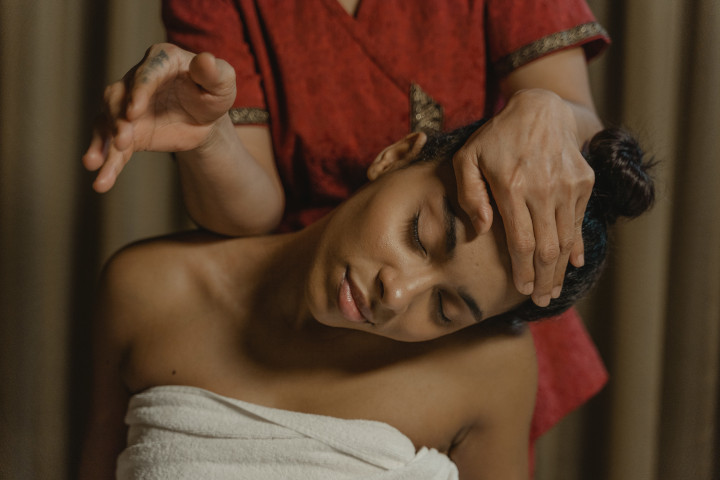
One of the more popular ones in Malaysia that can be found in nearly every neighbourhood coincidentally comes from our neighbours Thailand.
This type of massage has been around since BC 2556 and is an ancient practice that combines Indian Ayurveda principles, acupressure, and assisted yoga poses to alleviate painful muscles.
A Thai massage, in essence, works the entire body and is recommended if you want to reduce and relieve pain and stress.
It can also help improve flexibility, circulation and energy levels.
Deep Tissue
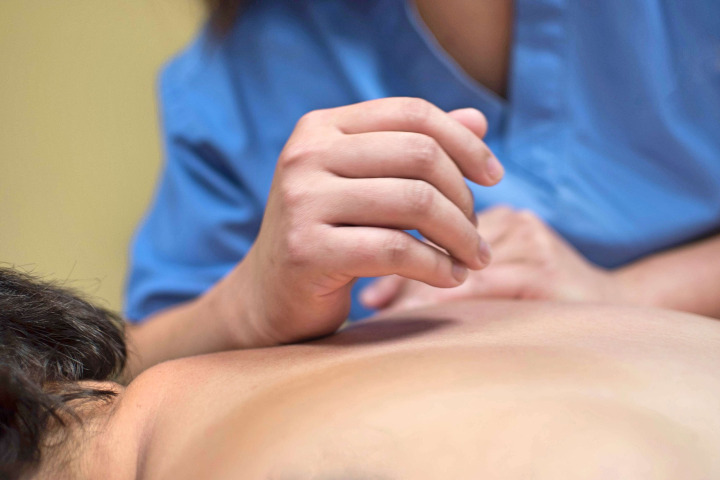
For a stronger, more pressure-driven massage than the classic, a deep tissue massage comes highly recommended.
This kind of massage can help relieve tight muscles, chronic muscle pain, and anxiety.
For those of us guilty of bad posture due to WFH condition, this kind of massage helps to relax the overworked and sore muscles and allow your body to relax into its natural alignment.
Do note that if you’re sensitive to pressure, this isn’t for you.
Hot Stone
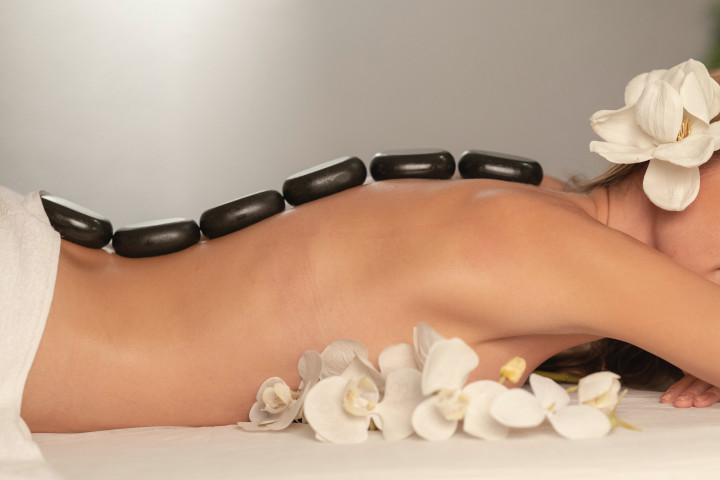
This is pretty much like a Swedish/classic massage, only the heated stones are also used.
The hot stones are placed on different areas around your body, typically the spine, abdomen, chest or face.
Its purpose is then to ease more muscle tension than your classic because of the added heat.
Shiatsu
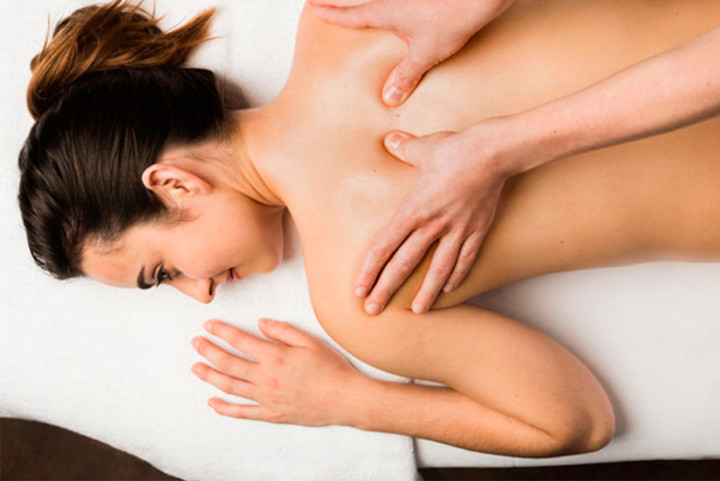
First, there was the Swedish style, then Thai. Now it’s the Japanese type of massage that checks all the right points: relieve stress, pain and tension.
The slight difference is the Japanese believe their style of massage promotes emotional and physical calm.
It is said to relieve headaches.
Pulsing or rhythmic pressure is used throughout your whole body and your massage therapist may also focus on areas of your body that need extra attention.
Reflexology
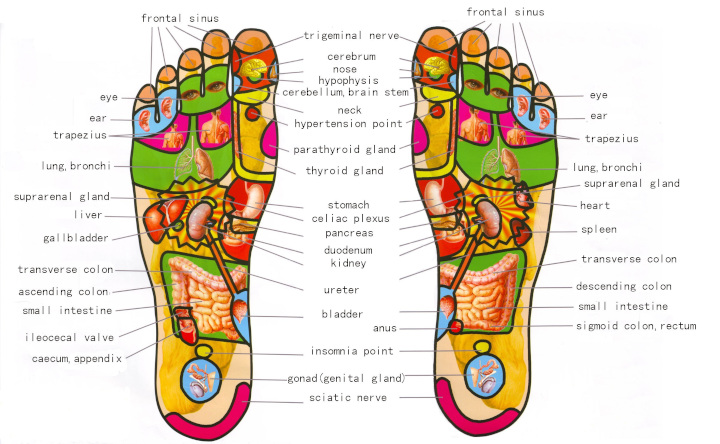
By now, you’re probably starting to think that all massages are the same thing but with fancy names.
Fair enough, but here’s one for those who aren’t comfortable being touched on your entire body.
And like all the other massages, reflexology is also for people looking to relax. It will also help to restore their natural energy levels. It is also thought to release some hormones, such as dopamine or endorphins.
Reflexology uses the body’s natural reflexes by gently or firmly applying pressure on different pressure points on the feet, hands and ear.
There is no convincing scientific evidence that reflexology is effective for any medical condition so the Ergonomic Trends website suggest it’s a good option for those looking for a short-term solution for mild pain.
DISCLAIMER
If you are looking for massage therapy for pain or medical purposes, always consult with a doctor or medical professional first.
Share your thoughts with us via TRP’s Facebook, Twitter, and Instagram.
Former advertising mad woman - turned mother to an amazing little girl born 3 months early - and now a returned writer. Also a textbook ambivert with no clue about today's pop music but a walking encyclopedia of music from the 80s and 90s.

